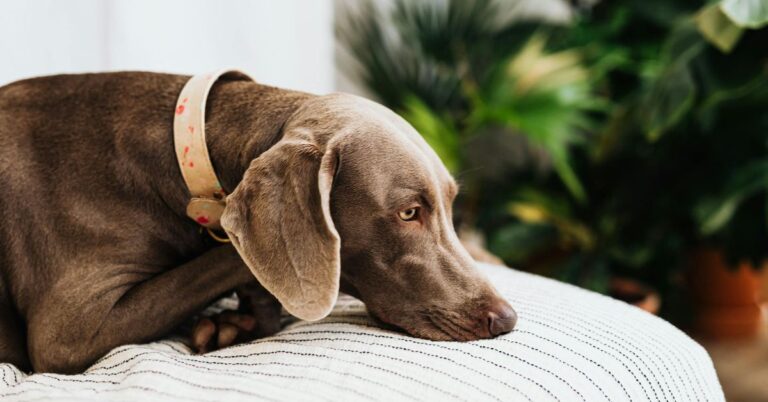30 Tips for Raising a Puppy Successfully
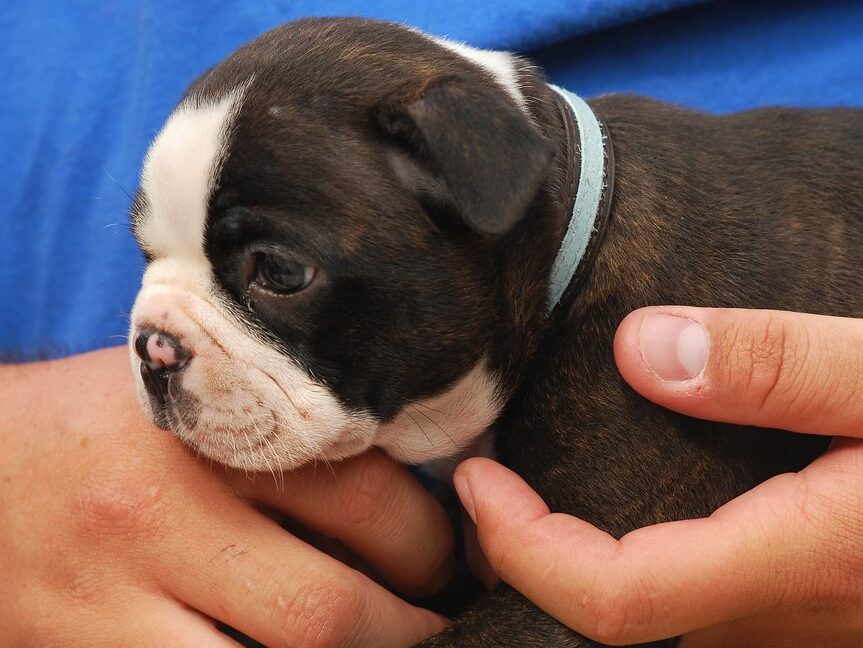
Raising a puppy needs patience, commitment, and love. Bringing a puppy into your home is like welcoming a new family member, and giving them the guidance they need to grow into a happy, healthy, and well-behaved adult dog is important. Here are 30 essential tips for raising a puppy successfully.
Start Training Early
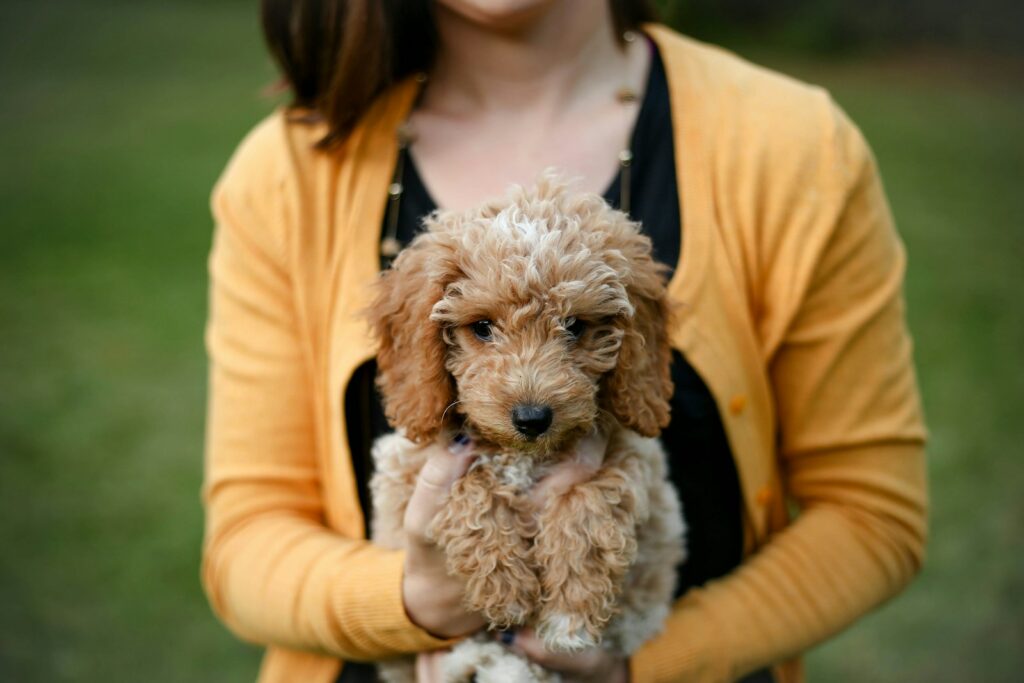
Begin training as soon as you bring your puppy home, ideally within the first week. Puppies are fast learners, and starting early helps establish good habits. Use positive reinforcement like treats and praise to encourage desired behaviors that make training sessions short and fun. Early training sets the stage for a well-behaved adult dog.
Socialize Your Puppy
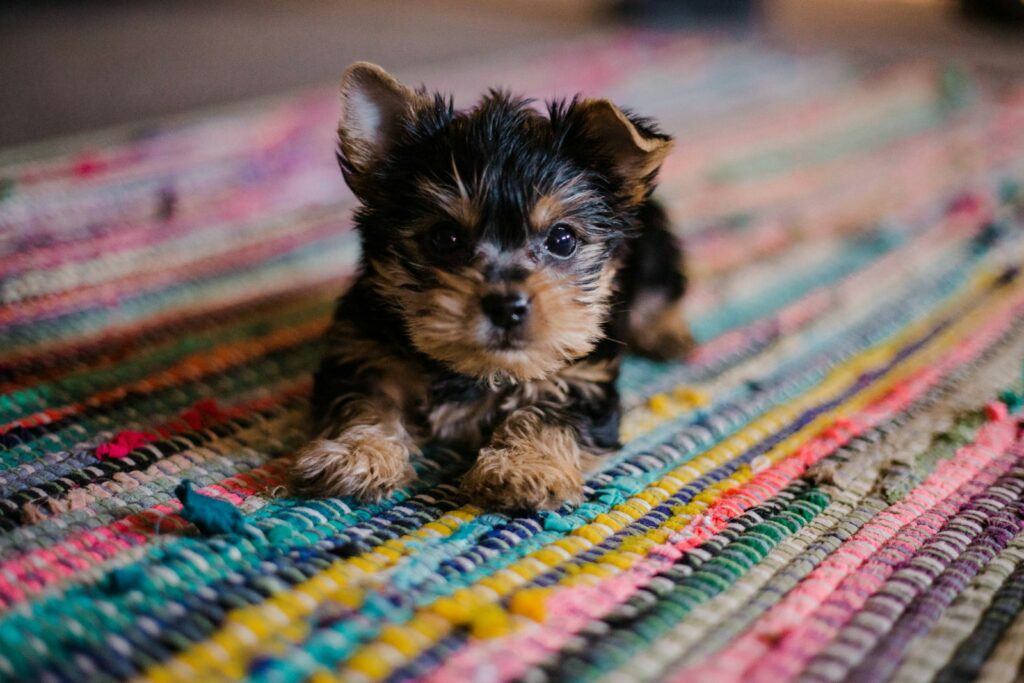
Introduce your puppy to different people, places, and other pets during the early weeks, ideally before 14 weeks old. Positive social experiences help your puppy become more adaptable and reduce fear later in life. Expose them to various sights, sounds, and environments gradually to build confidence and help them grow up friendly and well-adjusted.
Create a Consistent Routine
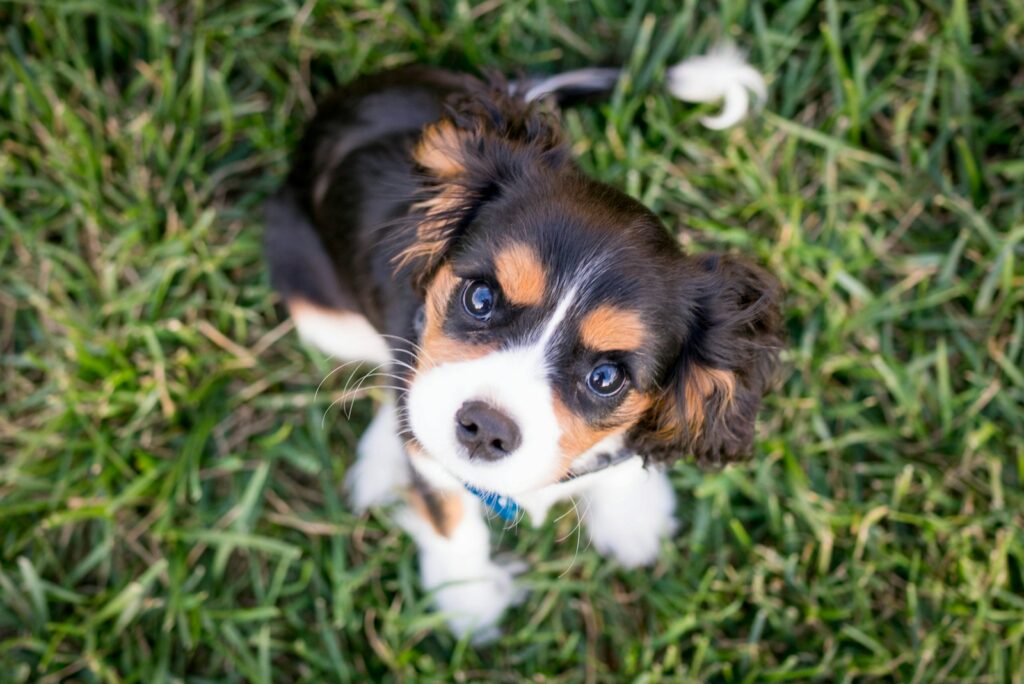
Puppies thrive on structure, so set a consistent daily schedule for feeding, bathroom breaks, playtime, and sleep. This routine helps your puppy know what to expect, reducing anxiety and making house training easier. A consistent schedule also helps them develop regular eating and bathroom habits, leading to fewer accidents.
Puppy-Proof Your Home
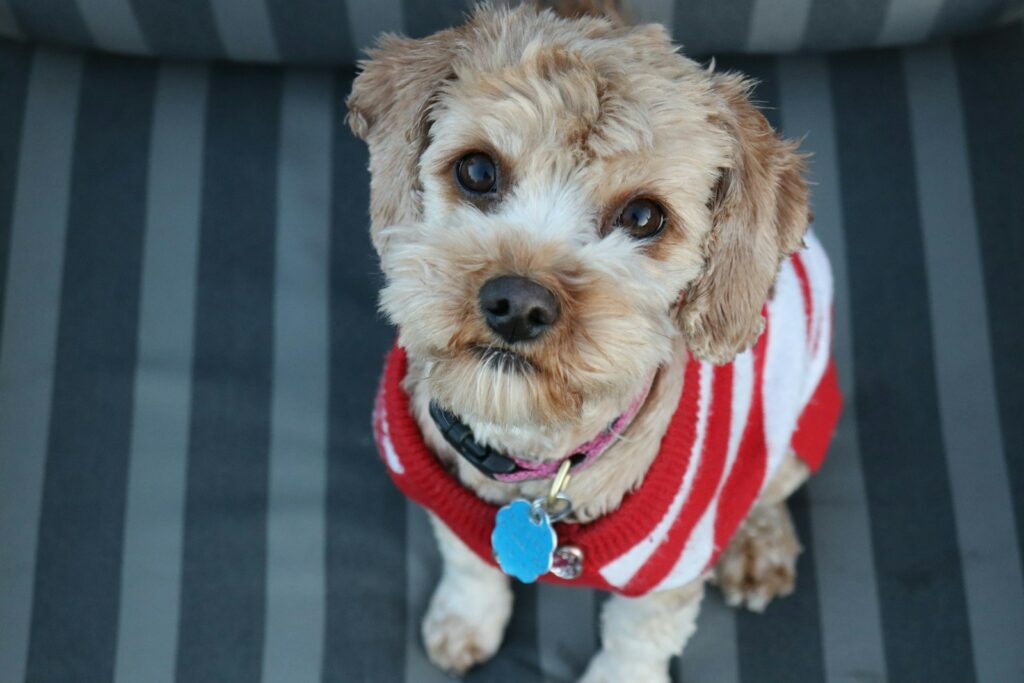
Before bringing your puppy home, remove hazards like electrical cords, toxic plants, small objects, and fragile decorations. Puppies are naturally curious and love to explore with their mouths, so make sure that dangerous items are out of reach. Puppy-proofing prevents accidents, keeps your puppy safe, and helps you avoid costly damage.
Use Positive Reinforcement
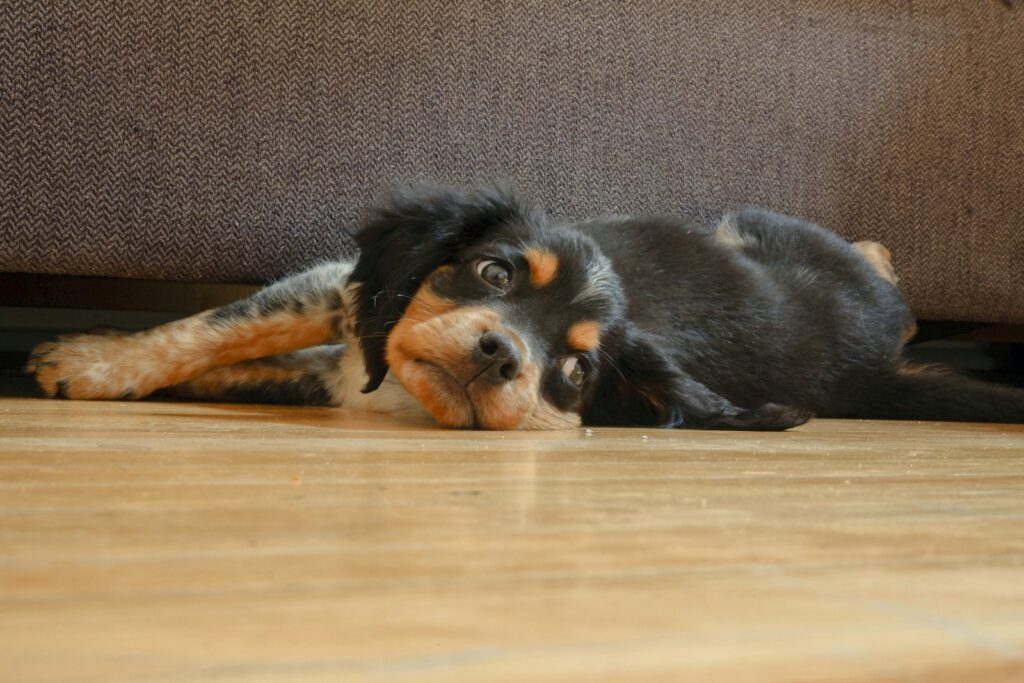
Reward good behavior with treats, praise, and affection. Positive reinforcement is a powerful training method that encourages your puppy to repeat desirable actions while avoiding punishment, which can lead to fear and confusion. Focus on rewarding what you want to see more of and be patient as your puppy learns.
Invest in Quality Food
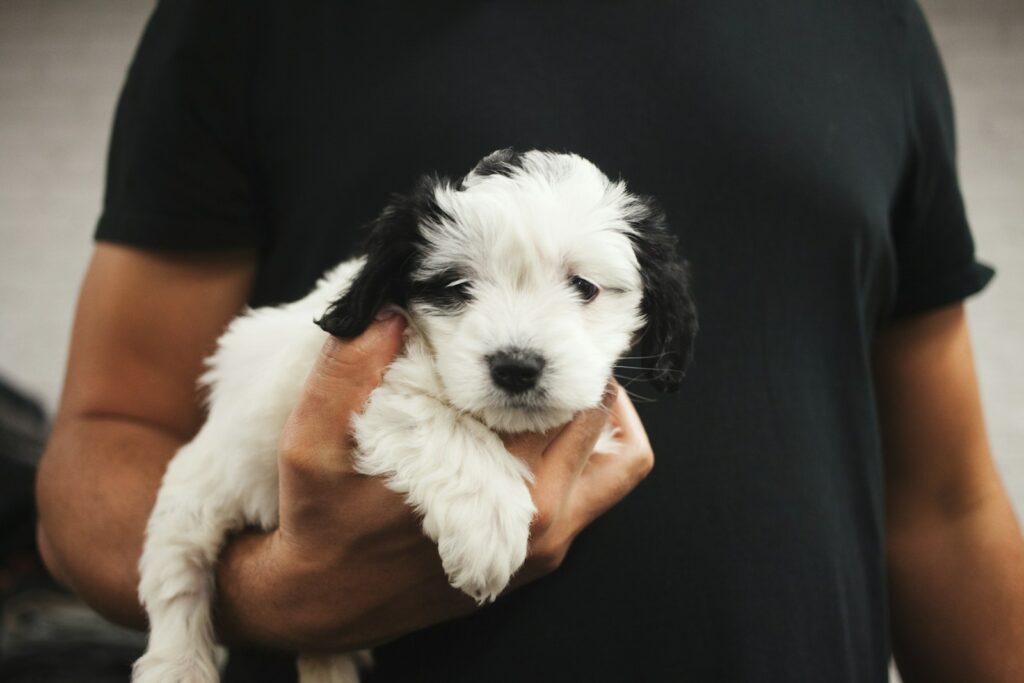
Choose a high-quality puppy food that meets your dog’s nutritional needs. Proper nutrition is crucial for healthy growth and development, affecting energy, muscle growth, and coat health. Consult your veterinarian to determine the best diet for your puppy’s breed, size, and age to make sure they’re getting the nutrients they need for optimal development.
Set Up a Comfortable Sleeping Space

Create a cozy, quiet area for your puppy to sleep, like a crate or a soft bed in a quiet corner. Having a designated sleeping space helps establish boundaries and makes your puppy feel secure. It also aids in house training, as puppies are less likely to soil their sleeping area and learn to relax when it’s bedtime.
Teach Basic Commands
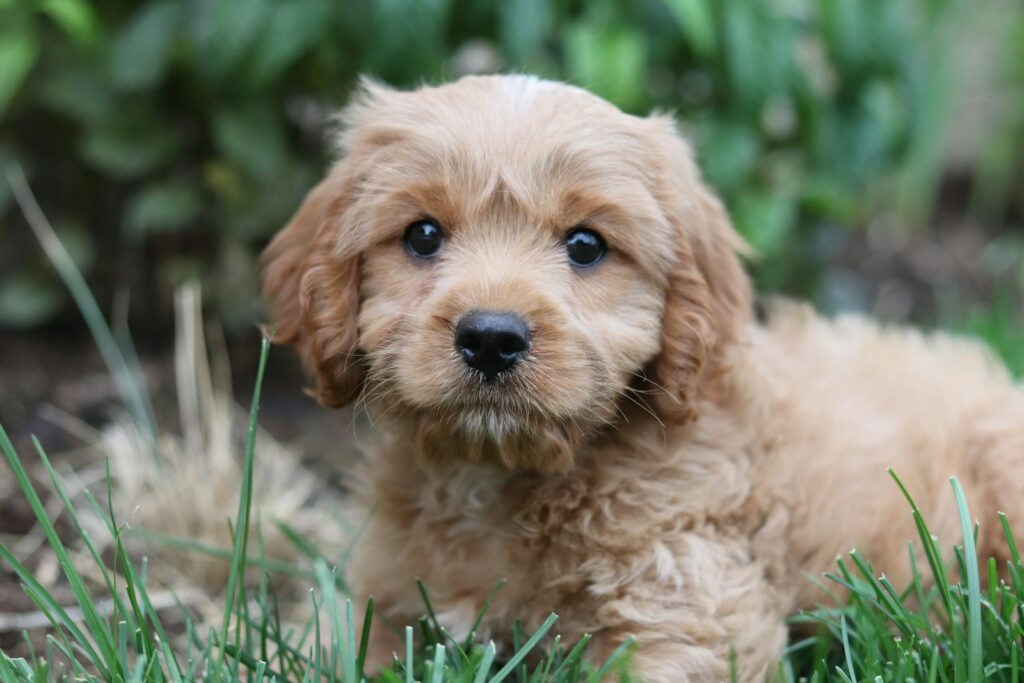
Start with simple commands like “sit,” “stay,” “come,” and “leave it.” These basic commands form the foundation of obedience training and help establish clear communication between you and your puppy. Use short, engaging training sessions and positive reinforcement to keep your puppy eager to learn and maintain a positive relationship.
Be Patient With House Training
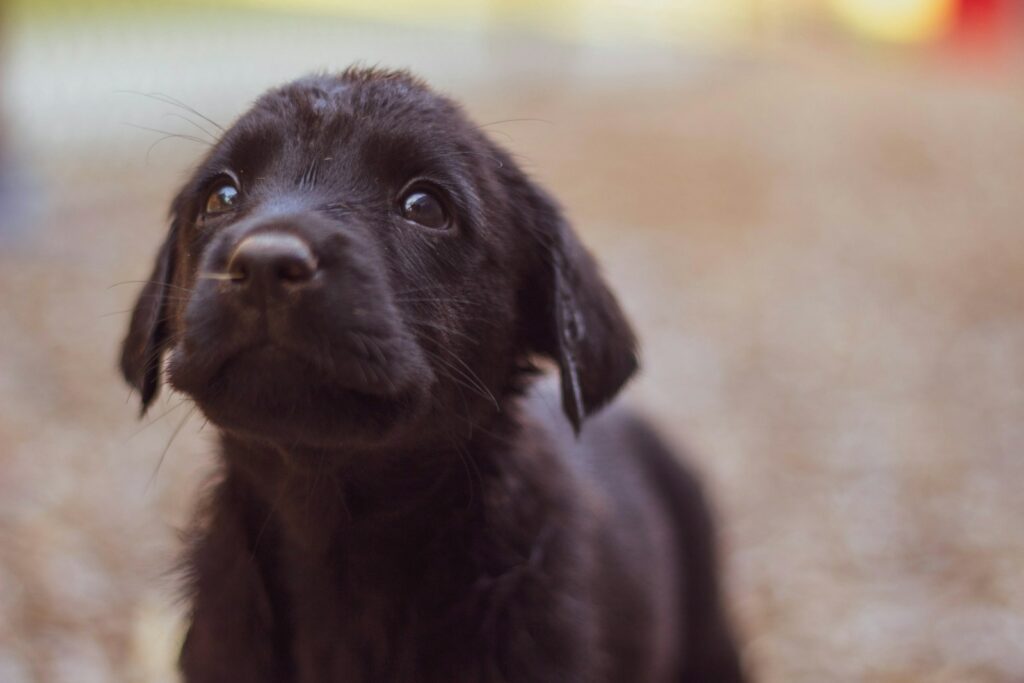
House training can be challenging, but patience and consistency are key. Take your puppy outside frequently, especially after eating, drinking, and waking up, and praise them when they go in the right spot. Remember, accidents are part of the process, so remain calm and clean up messes quickly.
Provide Exercise
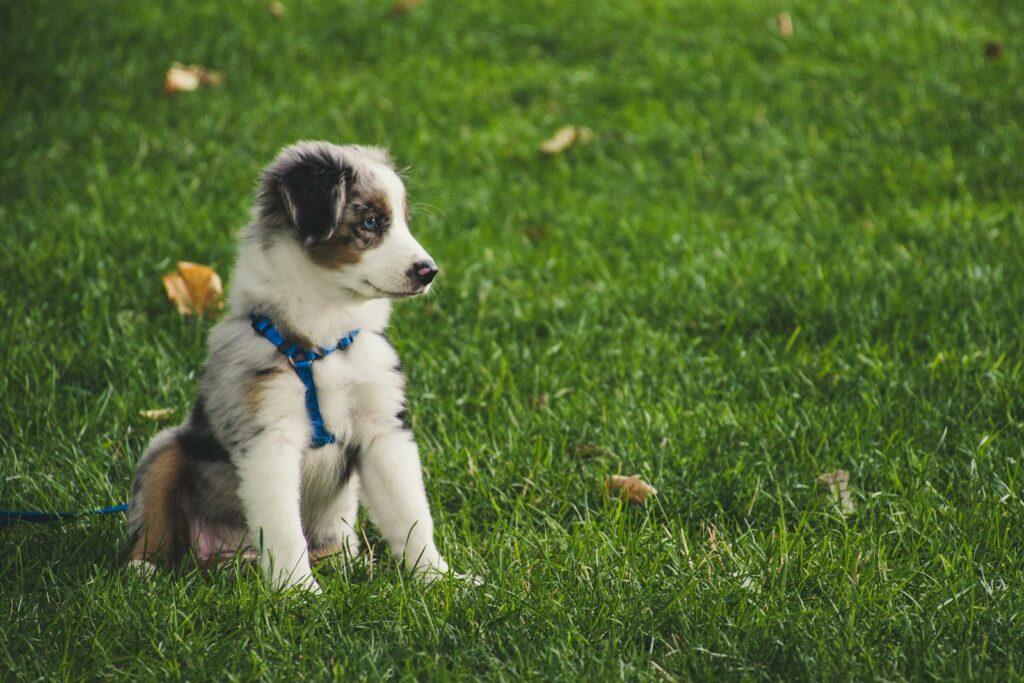
Puppies have lots of energy that needs to be released through regular play and exercise. Schedule daily walks, play fetch, or engage in fun games to keep your puppy active and mentally stimulated. Adequate exercise prevents behavioral problems, keeps your puppy healthy, and helps them develop strong muscles and coordination.
Introduce Crate Training
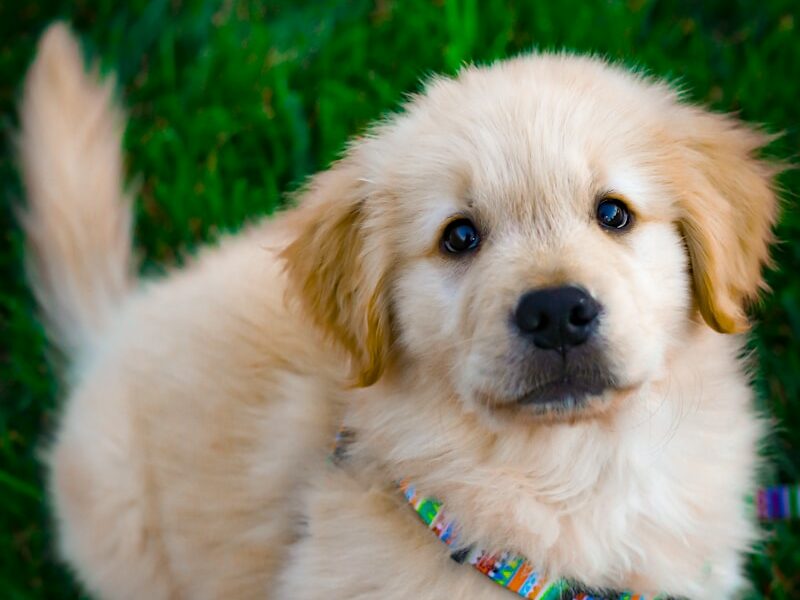
Crate training helps with house training and gives your puppy a safe space to retreat. Make the crate inviting with treats, toys, and soft bedding, gradually increasing the time your puppy spends inside. Remember, the crate should be a place of comfort, not a punishment, so always associate it with positive experiences.
Supervise Playtime
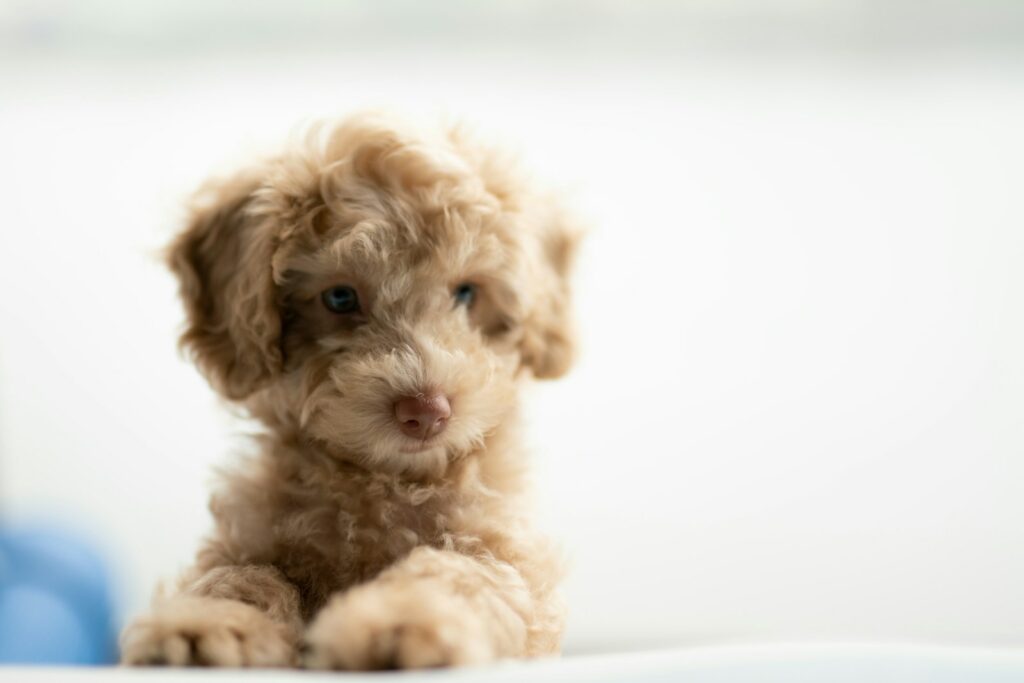
Watch your puppy during play, especially with children or other pets, for everyone’s safety. Supervision allows you to guide proper play behavior, like not biting or jumping. Teaching appropriate play from a young age helps your puppy develop good social skills and keeps interactions positive and safe for everyone.
Schedule Regular Vet Visits
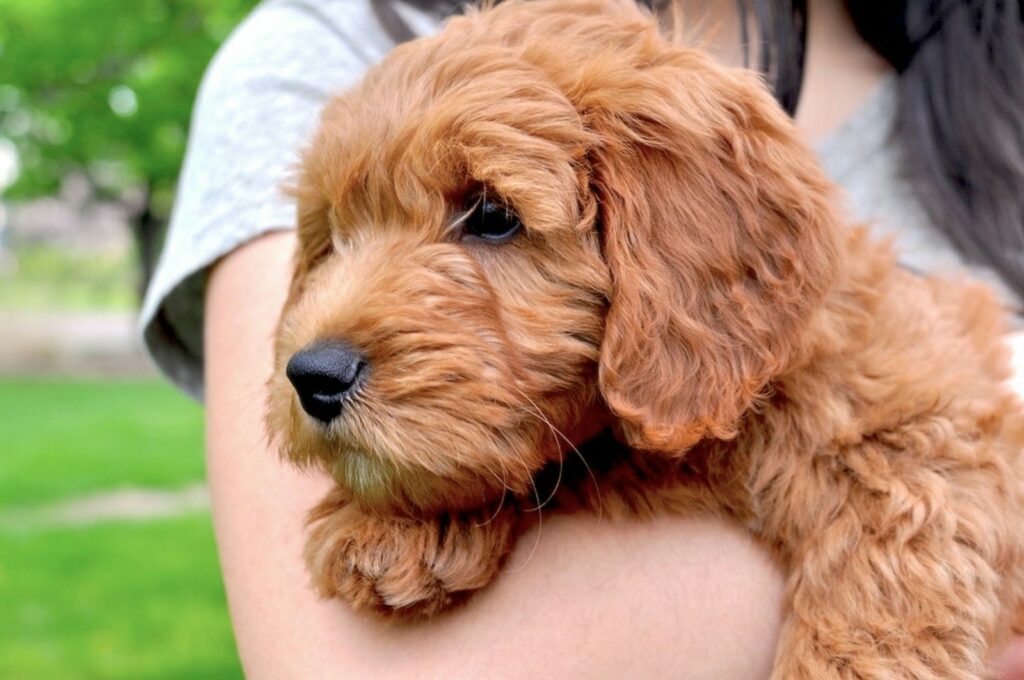
Take your puppy for regular veterinary check-ups to monitor their health, receive vaccinations, and discuss diet or training concerns. Early vet visits establish a baseline for your puppy’s health and catch potential issues before they become serious. Your vet can also provide guidance on topics like flea prevention and dental care.
Practice Gentle Handling
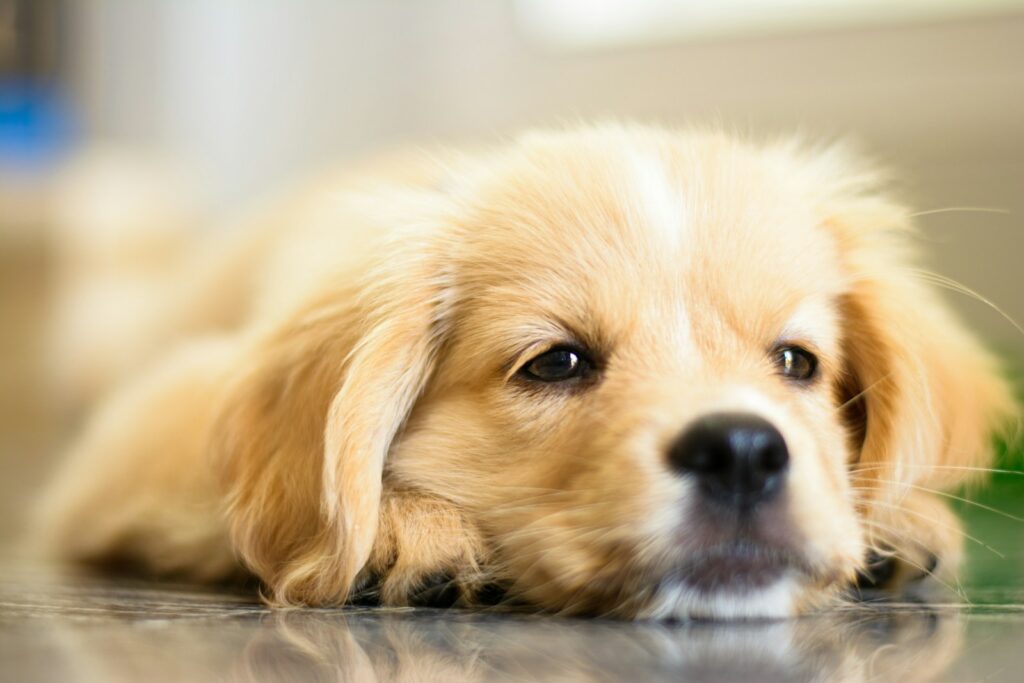
Handle your puppy gently and regularly to get them used to human touch. Touch their paws, ears, mouth, and belly, so they become comfortable with handling. A gentle touch is important for grooming, vet visits, and general health checks, helping to reduce stress and anxiety as your puppy grows.
Introduce Grooming Early
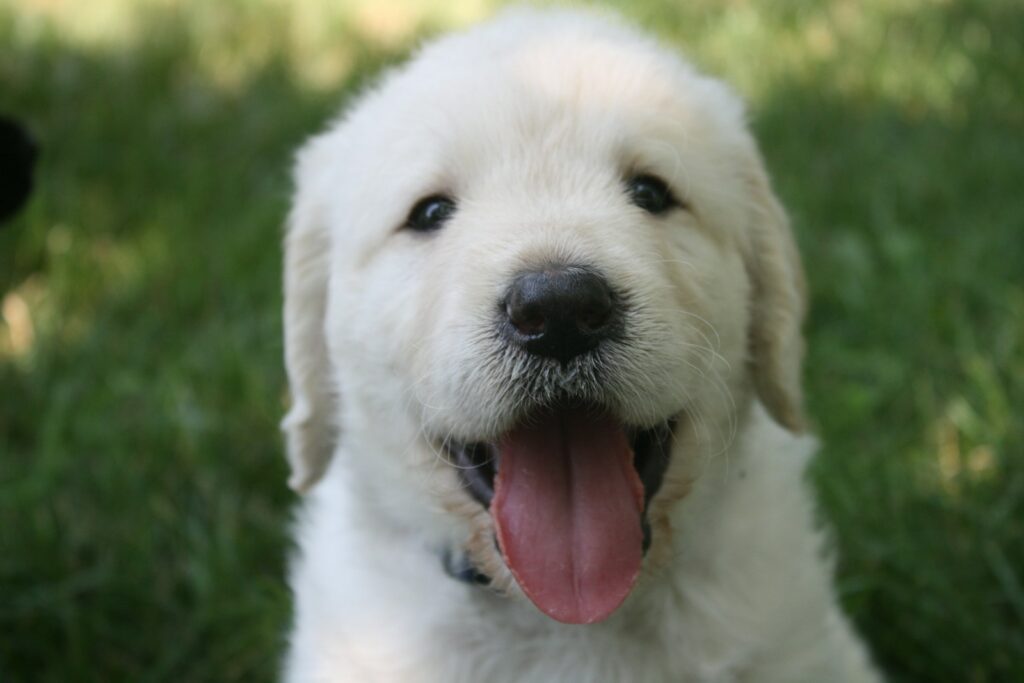
Get your puppy accustomed to grooming from an early age. Start with gentle brushing, nail trimming, and ear cleaning to make these routines feel normal. Use positive reinforcement and take things slowly, turning grooming into a pleasant experience rather than a stressful event and keeping their coat healthy.
Avoid Overwhelming Your Puppy
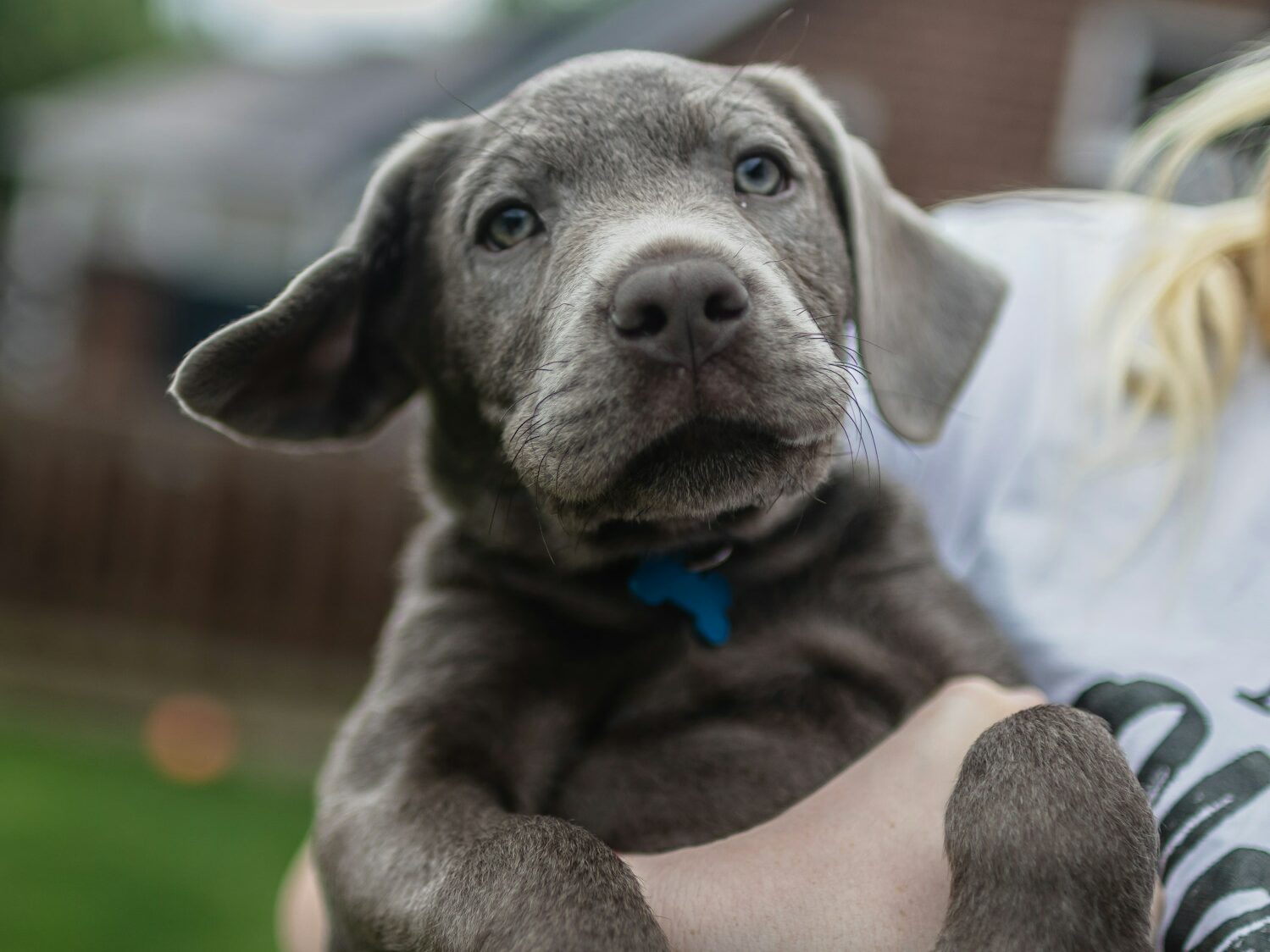
While socialization is important, introducing too many new experiences at once can overwhelm your puppy. Slowly expose them to new people, places, and situations, taking cues from their body language. Recognizing when they’re uncomfortable helps you manage stress and keep experiences positive.
Teach Bite Inhibition
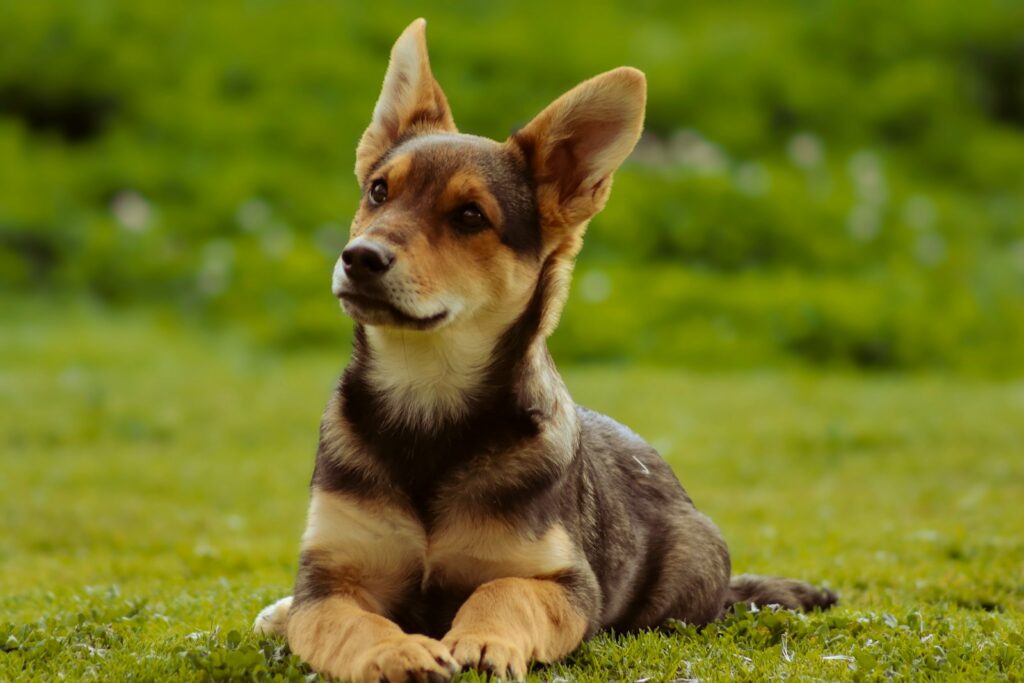
Teach your puppy to control the strength of their bite by yelping gently and stopping play if they bite too hard. This mimics how they learn from their littermates and helps them understand bite inhibition. Consistent practice helps your puppy develop good manners and play safely with people and other dogs.
Encourage Independent Play
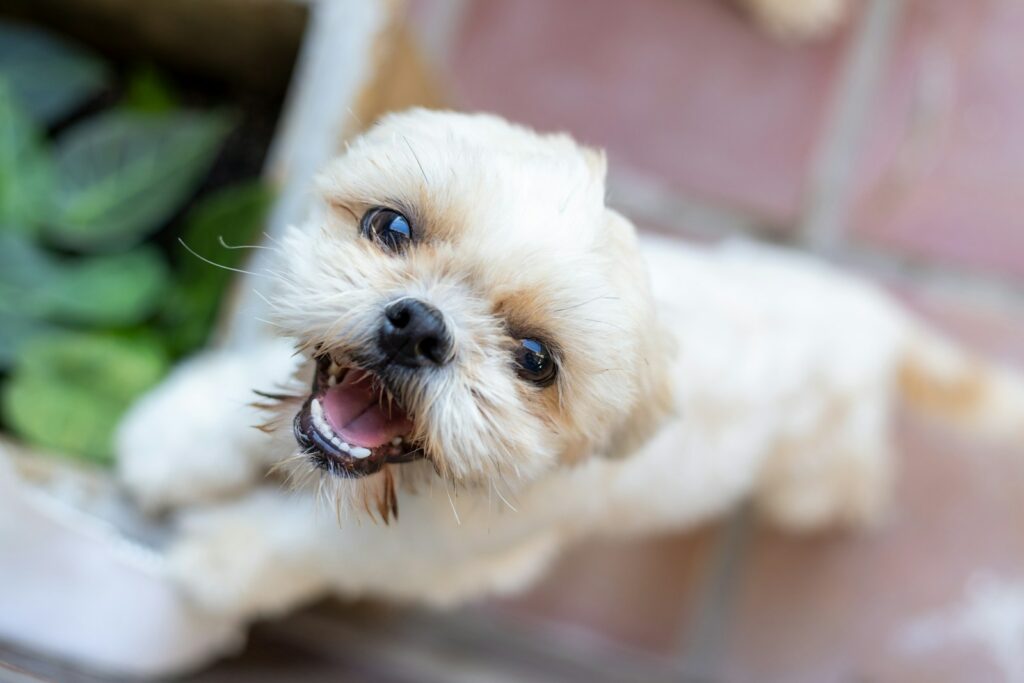
Allow your puppy to play alone with safe toys to reduce separation anxiety. Providing toys that stimulate curiosity, like puzzle toys or chew bones, encourages your puppy to explore and entertain themselves. Independent play builds confidence and helps your puppy learn to be comfortable when left alone for short periods.
Use Interactive Toys for Mental Stimulation
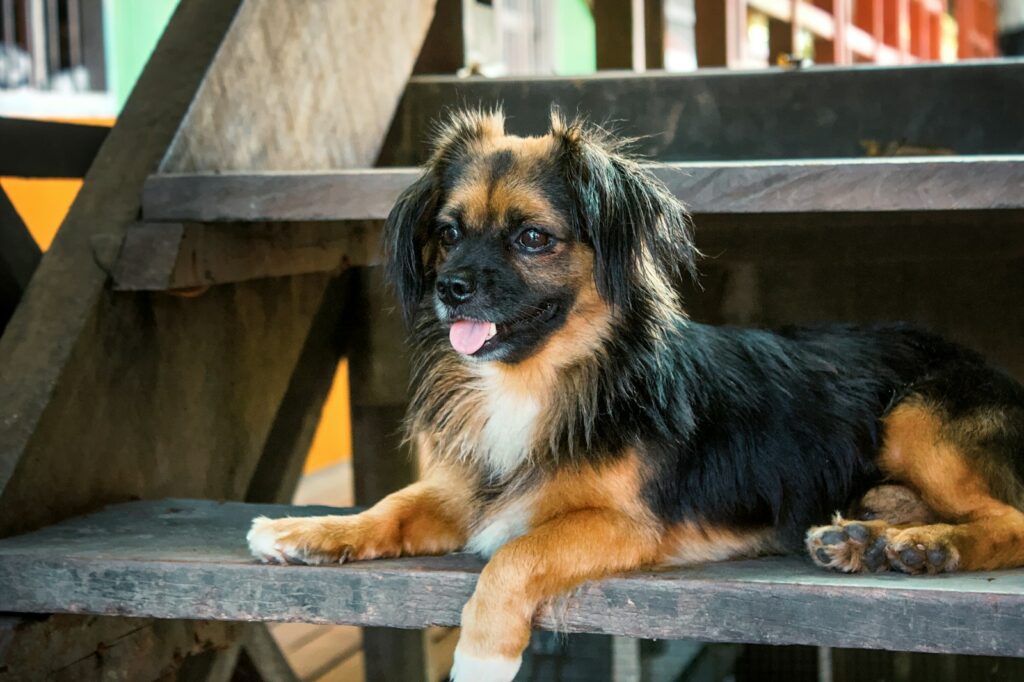
Keep your puppy’s mind sharp with interactive toys like treat-dispensing puzzles or snuffle mats. Mental stimulation is essential for their development and helps prevent boredom-related behavior issues. Change toys regularly to maintain interest and challenge your puppy’s problem-solving skills, keeping their curious mind engaged.
Keep Training Sessions Short
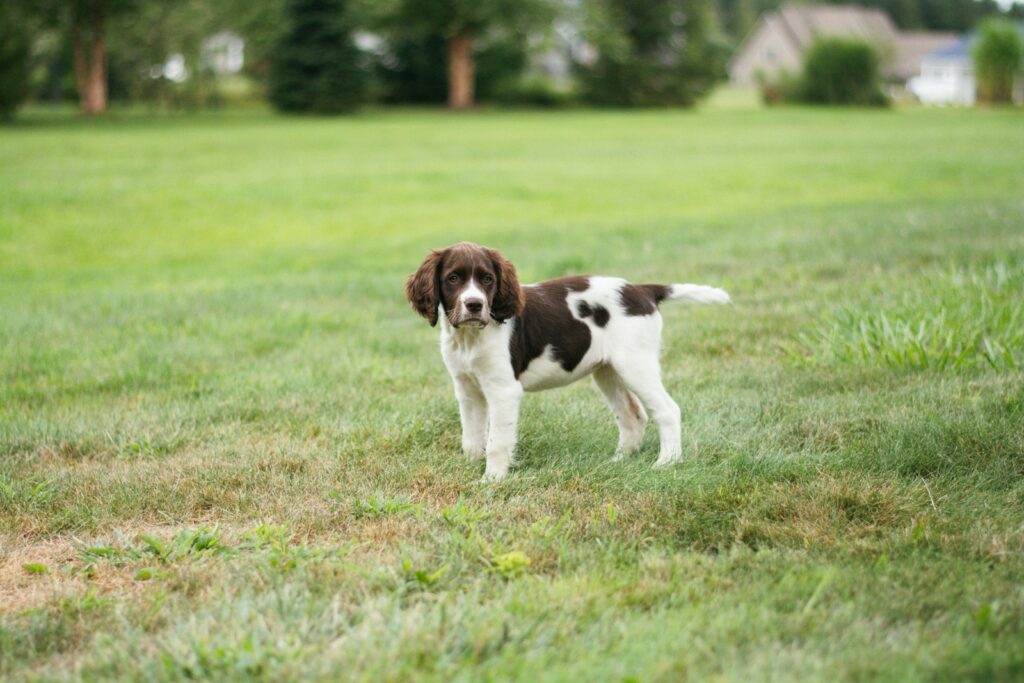
Puppies have short attention spans, so limit training sessions to five to ten minutes. Short and frequent training sessions are way more effective than longer ones and keep your puppy engaged without overwhelming them. End each session with a success, leaving your puppy excited and motivated for the next training opportunity.
Watch for Signs of Stress
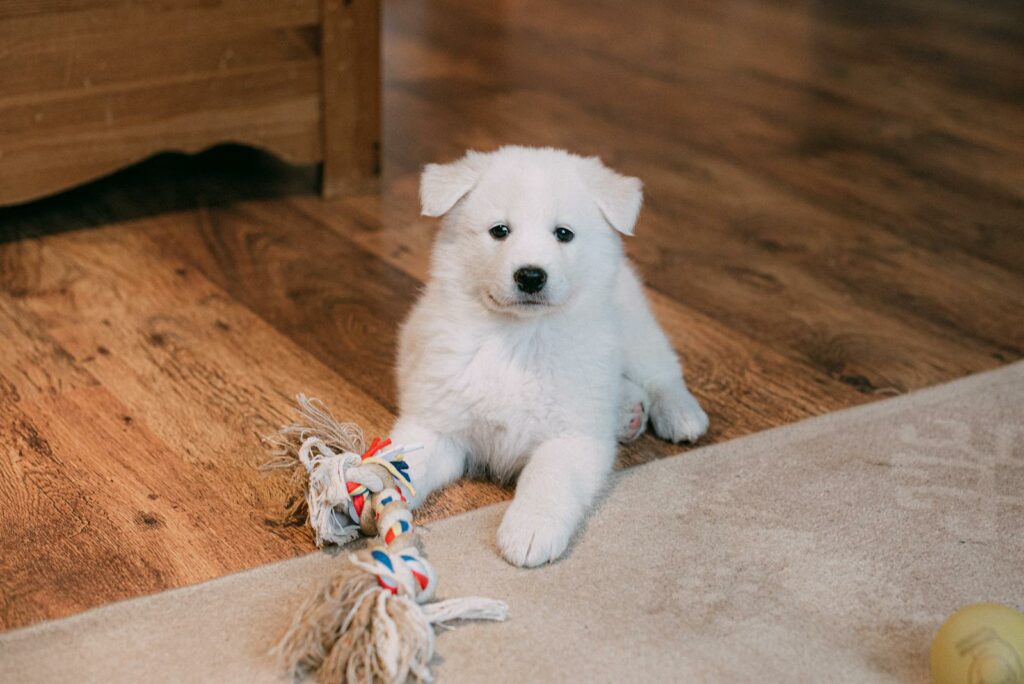
Pay attention to your puppy’s body language to identify signs of stress, like tail tucking, yawning, or excessive licking. Understanding when your puppy is uncomfortable allows you to manage situations better, keeping experiences positive. A stress-free puppy is more likely to develop into a calm, confident adult dog.
Introduce Leash Training Gradually
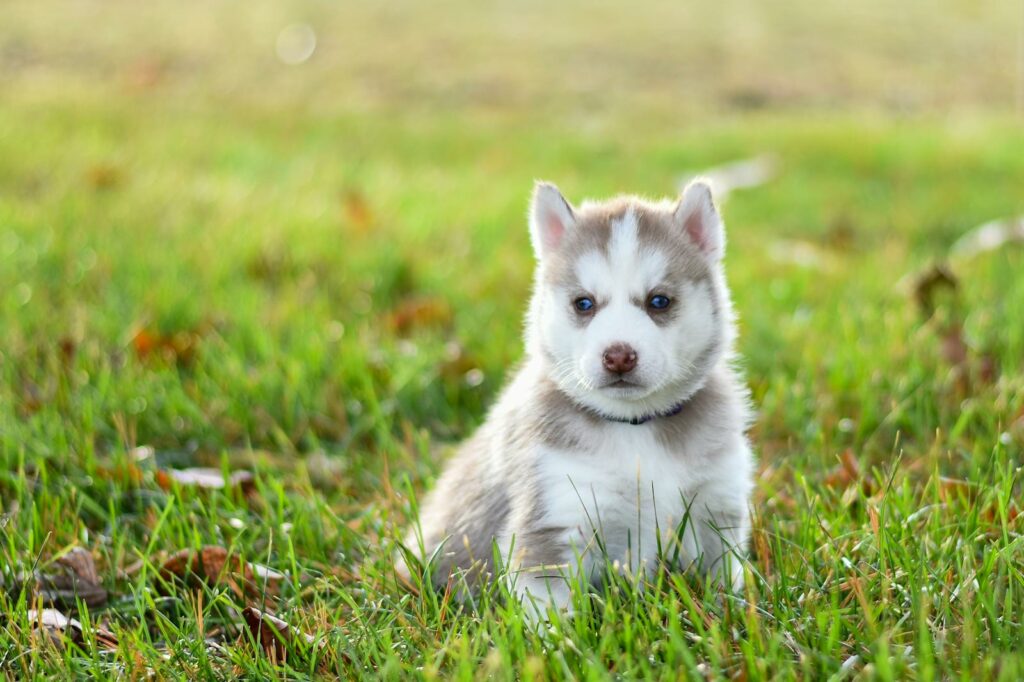
Begin leash training indoors with short, supervised sessions before heading outside. Allow your puppy to get used to the feel of a collar and leash. Practice walking around your home or yard before gradually exploring new environments. Use treats and praise to encourage good leash behavior, making walks fun for both of you.
Create Positive Experiences with Other Dogs
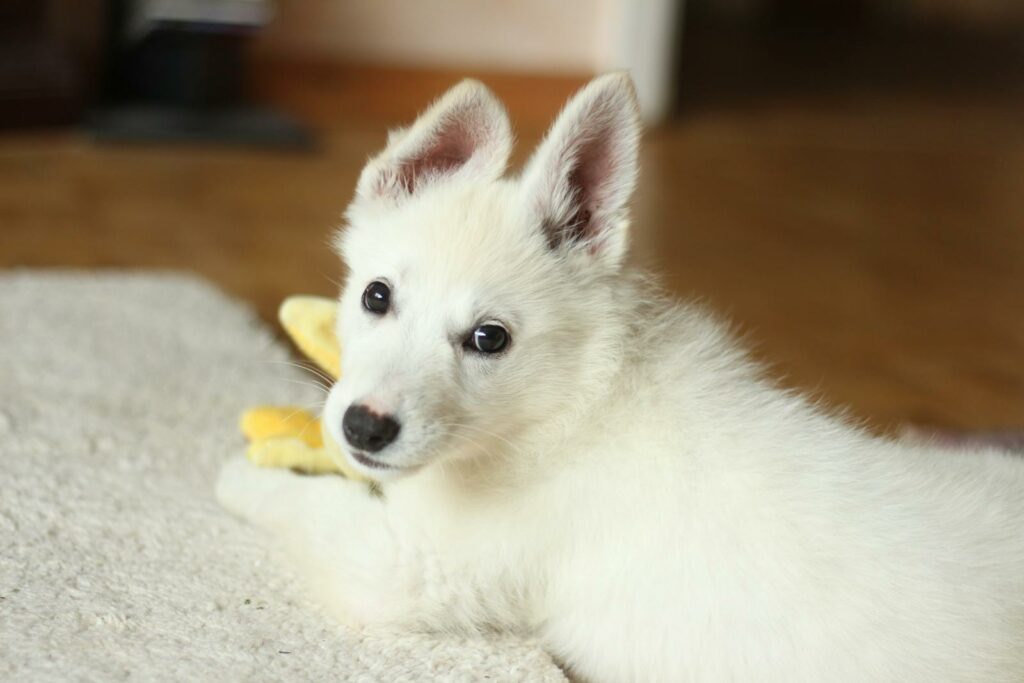
Arrange safe playdates with friendly, vaccinated dogs to teach your puppy proper social behavior. These positive interactions help your puppy learn how to communicate, play, and socialize with other dogs, reducing the risk of aggression or fearfulness in the future. Keep interactions short and fun, and supervise closely.
Set Boundaries Early On
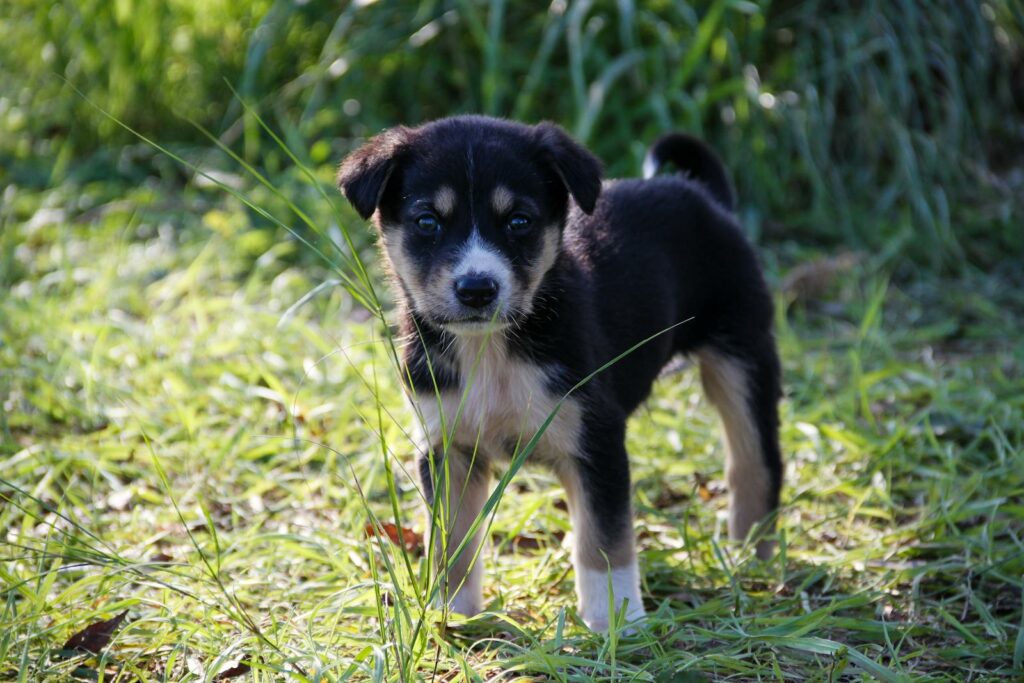
Establish clear boundaries from the start, such as where your puppy can go in the house or whether they’re allowed on furniture. Setting rules early prevents confusion later and helps your puppy understand expectations. Consistent boundaries create structure and make it easier for your puppy to learn what is acceptable.
Reward Calm Behavior
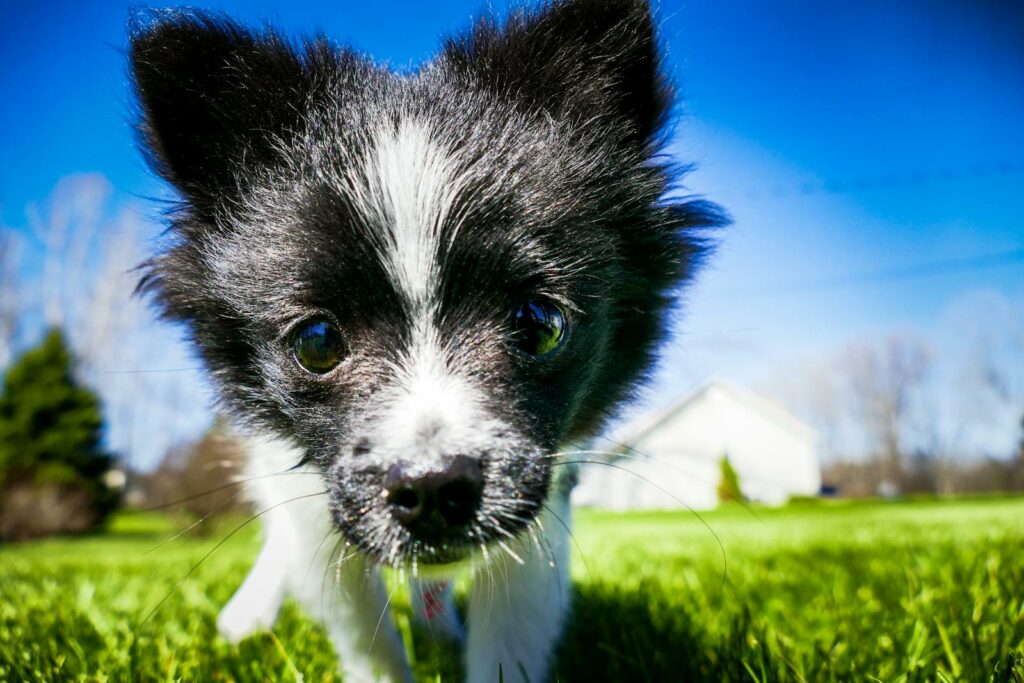
Reinforce calmness by rewarding your puppy when they are relaxed. If they sit quietly or wait patiently, give them praise and a treat. This encourages your puppy to remain calm during daily activities, making situations like vet visits or car rides less stressful as they learn that calm behavior is rewarded.
Rotate Toys to Keep Things Interesting
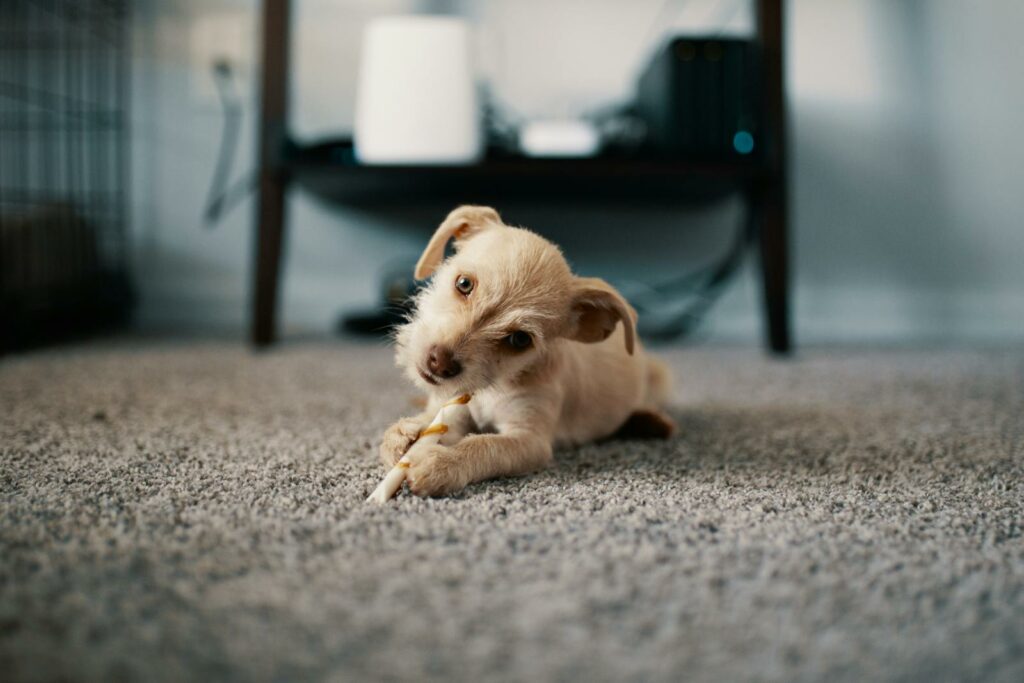
Keep your puppy engaged by rotating their toys every few days to maintain novelty without buying new ones. Bringing out “new” toys from an existing collection provides mental stimulation and keeps your puppy excited. This simple strategy helps prevent boredom and reduces the chances of destructive chewing or digging.
Prevent Resource Guarding Early
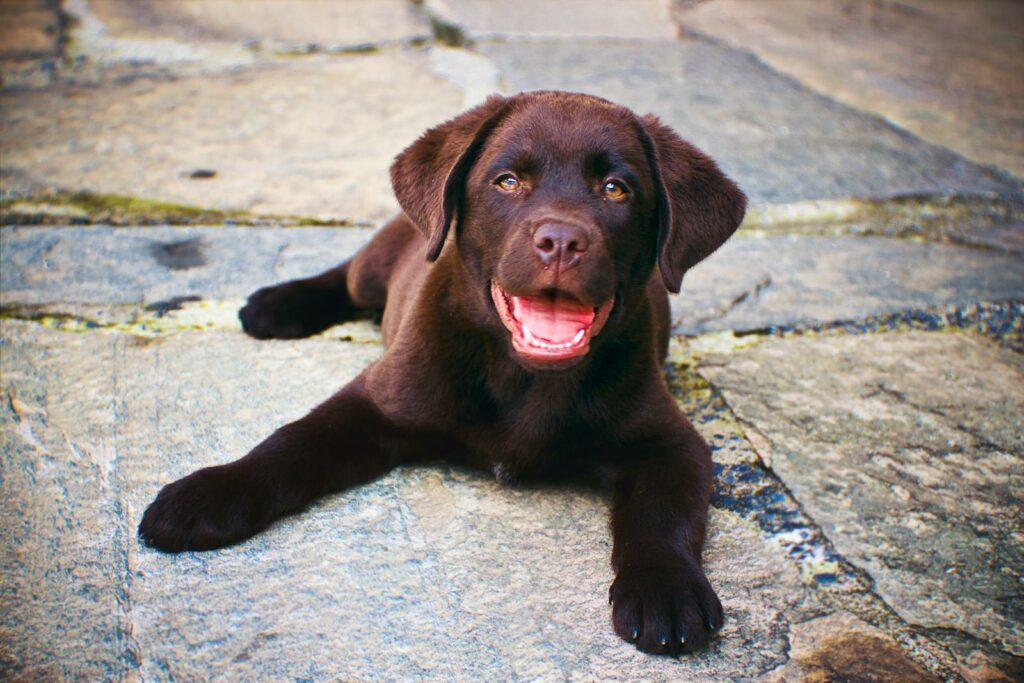
Gently teach your puppy to be comfortable sharing toys, food, and treats. Occasionally add a high-value treat to their food bowl or briefly remove a toy, rewarding them for calm reactions. Preventing resource guarding early promotes a healthy attitude toward sharing and reduces the risk of possessive behavior.
Use a Command for Potty Breaks
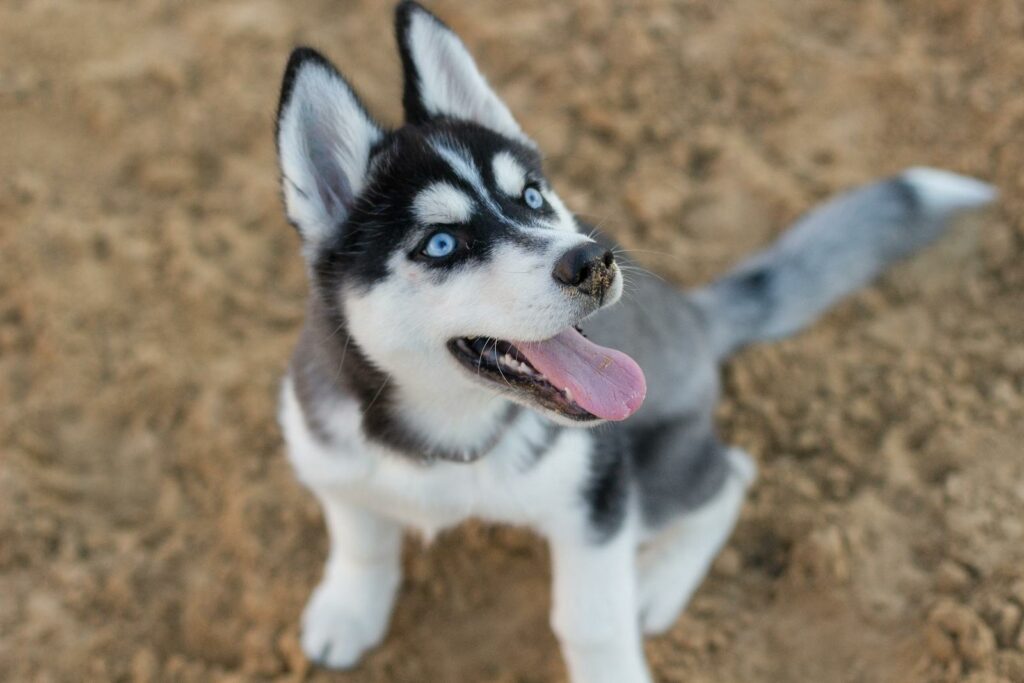
Choose a consistent phrase like “go potty” for bathroom breaks, associating it with outdoor trips. Using a specific command helps your puppy understand what’s expected, making house training easier and faster. Praise them when they go in the correct spot to reinforce good habits and encourage a reliable routine.
Avoid Rough Play
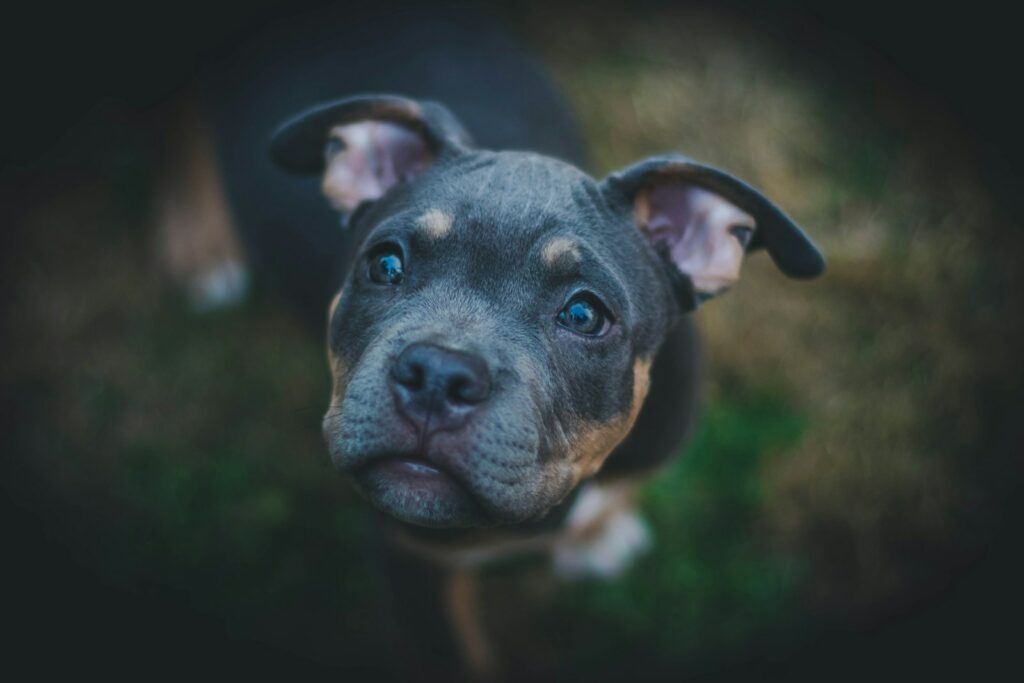
Avoid playing rough games like tug-of-war or wrestling with your puppy, as these can encourage biting or dominance. Instead, focus on gentle games like fetch or hide-and-seek, which promote good behavior and reinforce your role as a leader. Gentle play helps your puppy learn boundaries while still having fun.
Stay Positive and Enjoy the Journey
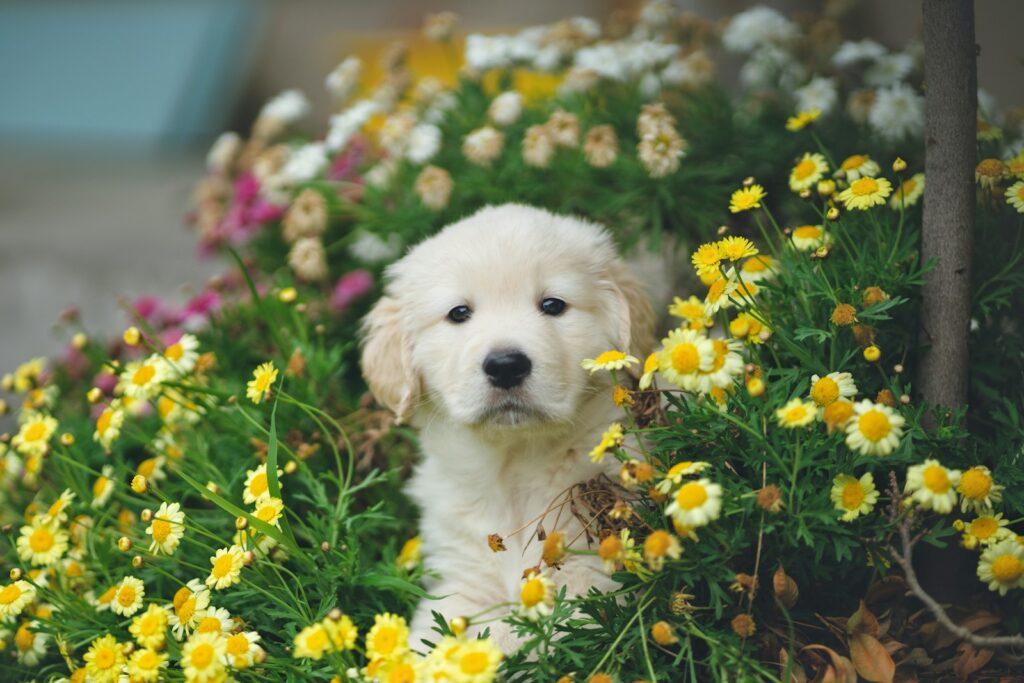
Raising a puppy takes patience, dedication, and lots of love. Celebrate small successes, and don’t get discouraged by minor setbacks. Focus on building a strong, trusting bond, and enjoy watching your puppy grow and learn. A positive attitude not only makes the process more enjoyable but also helps your puppy develop confidence and happiness.



